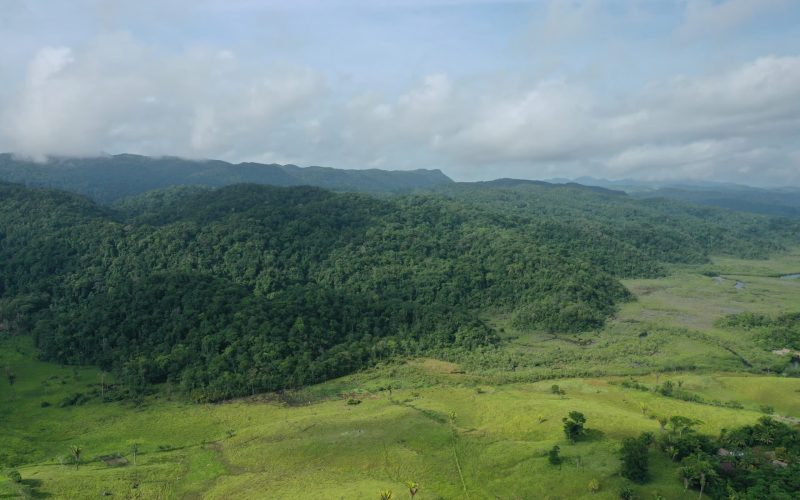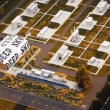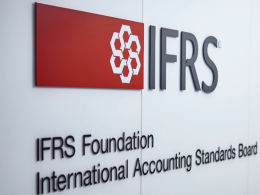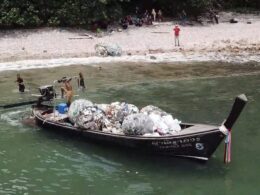Verra has released the provisional allocated deforestation risk maps for specific jurisdictions, enabling project proponents to evaluate the feasibility of using Verra’s REDD methodology and the Avoided Unplanned Deforestation (AUD) module for registering projects under the Verified Carbon Standard (VCS) Programme. The newly released data encompass the Brazilian states of Pará, Rondônia, and Mato Grosso.
This milestone marks a significant step toward advancing high-quality forest conservation initiatives under VCS Methodology VM0048 for Reducing Emissions from Deforestation and Forest Degradation and VCS Module VMD0055 for Estimation of Emission Reductions from Avoiding Unplanned Deforestation. Verra’s new approach aligns closely with jurisdictional baseline setting, enhancing consistency and transparency.
With the Integrity Council for the Voluntary Carbon Market’s (ICVCM) recent approval of VM0048 and VMD0055 under its Core Carbon Principles (CCPs) Assessment Framework, projects employing these methodologies will qualify for CCP labels on their carbon credits.
The released maps represent a lower-resolution (1-hectare pixels), open-access version of allocated deforestation risk activity data capturing deforestation rates within specific jurisdictions. Independently prepared and reviewed by Verra, these maps are subject to final verification by third-party organizations to meet Verra’s rigorous standards outlined in VMD0055. The finalised maps will remain publicly accessible on the Verra website.
To register a REDD project under the VCS Programme, proponents must obtain high-resolution, risk-allocated baseline activity data derived from these maps. The allocated deforestation risk maps serve as a foundational tool for setting project baselines, enabling calculations of expected emissions from deforestation if no intervention occurs. By comparing these projections with actual deforestation rates observed during monitoring, projects can quantify avoided emissions and generate corresponding carbon credits.
Verra’s VCS Programme requires that unplanned deforestation activity data be spatially allocated to project areas based on deforestation risk. Project proponents can acquire jurisdictional risk map portions relevant to their project areas and apply project-specific emission factors to calculate baseline emissions.
Projects currently registered under REDD methodologies other than VM0048 and VMD0055 must transition to the updated methodologies. The timeline for this transition will depend on the project’s status and the availability of jurisdictional deforestation risk maps and VMD0055-compliant data for the relevant jurisdiction. Verra has outlined details of this transition process on its website.
The updated methodologies introduce a proportional accounting approach, ensuring that carbon credits from AUD projects reflect the total deforestation risk within a jurisdiction. This shift may affect the quantified emission reductions for transitioning projects.
To clarify these updates, Verra will host a technical briefing on January 15, 2025, at 11:00 am ET. The session will cover jurisdictional allocated risk maps, distinctions between open-access and VMD0055-compliant data, potential discrepancies with government data, and the final steps in operationalizing VM0048 and VMD0055.
In addition to project registration, Verra’s jurisdictional allocated risk maps will remain freely available and shared with governments for applications such as achieving national climate action targets under the Paris Agreement or advancing REDD programmes. By providing reliable data and aligning with international standards, Verra continues to support a transformative approach to combating deforestation and promoting global climate goals.





















